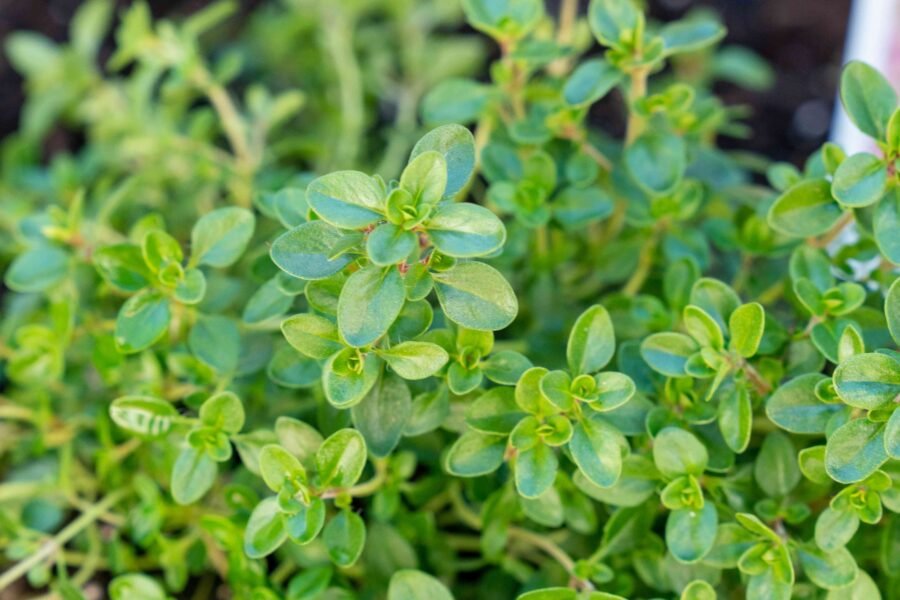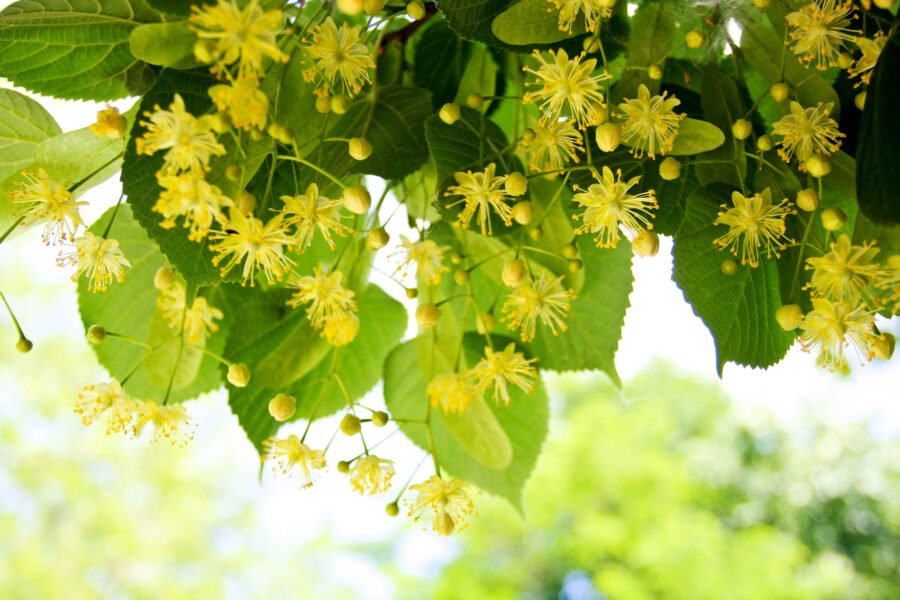PLANT NAME:
Latin: Chamomilla recutita (Formerly Matricaria recutita or Matricaria chamomilla)
Common: Chamomile wild, (German Chamomile)
FAMILY: Compositae (now renamed the Asteracae)
HABITAT/GROWING: Sunny, well drained or sandy soil. Wild in many parts of England, was common in cornfields.
PARTS USED: Dried flowers
HARVESTING: May to August. Maximum content highest a few days after flowering, when the ray florets and beginning to fall off (or droop). 5-10 days after flowering peak.
Are you interested in a holistic approach to health and nutrition that incorporates herbalism? Read about my programs here.
TRADITIONAL USE:
A decoction of chamomile was said to remedy pains and stiches in the side, especially for application to the liver and spleen. Culpeper suggested the use of chamomile for agues (fevers with shaking, like malaria) caused by the phlegm or black bile (melancholy) humours. Chamomile was attributed to the rulership of the sun by the Egyptians, due to this ability. In general, this herb was considered excellent for bringing warmth to the body, easing pain and inflammation, and supporting digestion (Culpeper, 1995).
My wife’s grandfather in Spain used to give her chamomile tea for more or less any ailment when she was a child, especially any digestive upset. It was used so much that today she retains a strong memory of feeling unwell as a child whenever she smells chamomile tea.
I have often used this tea for stomach upsets, to calm myself down and it is one of the 16 herbal ingredients used in an anti-parasitic tincture I make.
MODERN USE:
Major herbal anti-inflammatory – both internally and externally. Has the added benefit of soothing the mind as well as soothing a specific area accounting for its common use in the treatment of gastric ulcers, which as we know often have a stress component. It is a favourite herb for children and is used homeopathically as well as herbally in teething and coli. Use commonly for sleeping problems and externally in creams for eczema.
CONSTITUENTS:
Volite oil (containing chamazulene, farnesene, bisabolol), flavonoids (including rutin and quercimertrin), coumarins (including umbelliferone), plant acids (including valerianic acid), fatty acids, cyanogenic glycosides, salicylate derivatives, saccharides, choline, amino acids, tannin (MM).
PHARMACOLOGY:
Chamazulene gives the oil its blue colour and is involved in the plants antiinflammatory and wound healing ability. It is present in the essential oil only because it is converted from its precursor Matricin during the steam distillation process. In order to activate the dried herb it may be advisable to heat it. An (organic) chamomile tea bag once heated makes an excellent poultice (KR). Spasmolytic action from flavones e.g. apigenin as well as other volatile oil constituents especially Bisobolol a strong anti-inflammatory which also promotes granulation and tissue regeneration. The polysaccharides have immune stimulating activities (BHC)
PHARMACY:
Dried Herb 2-4g or infusion tds. 1-4 ml tincture (1:5 45% alc.) (BHC)
OTHER AUTHOR USES:
The Austrian Maria Treben (1907-1991) credits chamomile as a “cure-all” for babies in particular, the tea being especially useful for cramps and stomach aches, flatulence, diarrhoea, stomach issues and gastritis as well as menstrual issues, insomnia, inflammation and toothache (Treben, 2017). Treben explains that this herb is soothing, calming, antispasmodic and also produces perspiration. She recommends that the herb be prepared as an infusion, added to the bath, as a compress, inhaled, or made into an oil or ointment for topical application (Treben, 2017).
The American herbalist and homeopath, Matthew Wood notes that the main uses for chamomile are tension, pain and fever (Wood, 2008), especially with respect to the digestive tract. Wood emphasises the value of this plant for treating babies, at whatever age – either actual babies or older people acting like babies! With respect to pain, it is best for treating repetitive pain that become difficult to bear, like menstrual pain, or when one has developed a low threshold for pain and may turn to complaining or whining (Wood, 2008). Another significant indication for the use of chamomile is given by Wood (1997) as “tension combined with heat”. This is especially likely to occur in certain parts of the body like the teeth and ears, matching previous suggested uses from other authors. With respect to the terminology of Chinese medicine, Wood further notes that chamomile is suitable for conditions that would be described as “constricted liver chi”. Interestingly, chamomile is also considered to be a physician to the plant world – it is known to assist the health of the plants surrounding it, even to the extent of helping dropping and dying plants to recover (Hoyne, 1974).
Hughes (2018) notes that chamomile is well suited as a remedy for those days where we are exposed to an excess of sun in a British summer. Hughes again makes the link between chamomile and the treatment of heat and digestive pains but also explores its link to the calming of anger and those who hold onto things too tightly, physically or mentally. Thus, it is also an effective remedy for anxiety and insomnia. Hughes notes that while chamomile can be used in various forms, as outlined by Treben above, the infusion is “gentle, spacious, calming and anti-inflammatory” while the tincture brings out chamomile’s more bitter properties that affect the liver. Hughes has also used this herb in first aid for its anti-inflammatory, mild analgesic effect and for the prevention of infection.
Hopman (2016) links chamomile’s yellow colour with the solar plexus chakra and stomach. Gurudas (1988) goes deeper, writing that chamomile opens the heart chakra (this would be somewhat expected if chamomile is indeed a solar herb), but also strengthens the 5th and 6th chakras and brings energy to the root and third chakras. Gurudas continues to note that this herb strengthens the gall bladder meridian, strengthens the etheric, mental and astral bodies, but interestingly also assists in the emotional body in particular, which would link in with other reported emotional uses of this plant. Due to its sedative effect on the emotional body, Gurudas does not recommend the use of chamomile during intense emotional or psychological processes as its sedative effect can interfere with the sharing of certain emotions that should be discussed in this context. The relaxing effect of chamomile can have useful applications, such as easing potential stressful situations and assisting with certain spiritual activities as well as for the development of greater empathy.
In Ayurvedic terms, Anne McIntyre writes that chamomile is one the best pitta reducing herbs and excellent for pain and inflammation, irritability and intolerance, anxiety, low self-esteem and over-sensitivity. Further uses, as (McIntyre, 2012):
- A mouthwash for ulcers and gingivitis;
- Gargling for sore throats;
- An antiseptic wash for sore and inflamed eyes or conjunctivitis;
- A lotion or cream for inflammatory skin conditions, infections, nappy rash, ulcers, sores, burns, scalds, sunburn, hives, urticarial, bites, stings, varicose ulcers, bruises, sore nipples;
- A douche for vaginal infections including thrush;
- A diluted oil for painful and inflamed joints, trigeminal neuralgia or sciatica; and
- A bath for cystitis or haemorrhoids.
The various authors cited are mostly in agreement regarding the properties of chamomile, and these match my own experiences. Chamomile appears to be calming emotionally, often linking to releasing tension, cooling with respect to excess heat or inflammation and especially helpful for applications related to the liver. This aligns with McIntyre’s reference as an excellent herb for excess pitta dosha, which is linked to the liver, excess heat and inflammation, as well as the emotions linked to this area of the body by Chinese medicine such as anger. I also noted when drinking the tea that it appears to have a grounding energy and gave a sensation of bringing energy downwards within the body. This could be related to the calming properties when too much energy gets up into the head due to nervous tension or stress.
Are you interested in a holistic approach to health and nutrition that incorporates naturopathy? Read about my programs here.
ENERGETICS: Taste, Character, Colour
Tastes: My own experience of the taste is one of sweetness combined with slight astringency. Contributions from other herbalists include the following: sweet, pungent and bitter (Wood, 2008), astringent, pungent and bitter (McIntyre, 2012).
McIntyre notes that the post-digestive taste, important in Ayurveda, is pungent and that the herb itself has a cooling effect with the qualities of lightness and dryness.
Character and colour: Chamomile brings to my mind a colour similar to its flowers – a warm yellowy/orange, like the colour a child would draw the sun. A warming yellow, but a calming orange, combining these two properties and colours. In a similar way, I view its character like the benevolent sun – warming at its zenith, welcome on a cold winter’s day but also calming on a comfortable summer’s evening.
References
Culpeper, N. (1995) Culpeper’s Complete Herbal Wordsworth Reference Gurudas (1988) The Spiritual Properties of Herbs Cassandra Press
Hopman, Ellen Evert (2016) Secret Medicines from Your Garden: Plants for Healing, Spirituality & Magic Healing Arts Press
Hoyne, T. (1974) Clinical Therapeutics Jain Publishing
Hughes, N., Owen, F. (2018) Weeds in the Heart Aeon Books & Quintessence Press
McIntyre, A. (2012) Dispensing with Tradition: A Practitioner’s Guide to using Indian and Western Herbs the Ayurvedic Way Self-Published
Treben, M. (2017) Health Through God’s Pharmacy: Advice and Proven Cures with Medicinal Herb, 5th Edition Ennsthaler Verlag
Wood, M. (1997) The Book of Herbal Wisdom: Using Plants as Medicines North Atlantic Books
Wood, M. (2008) The Earthwise Herbal, Volume I: A Complete Guide to Old World Medicinal Plants North Atlantic Books




